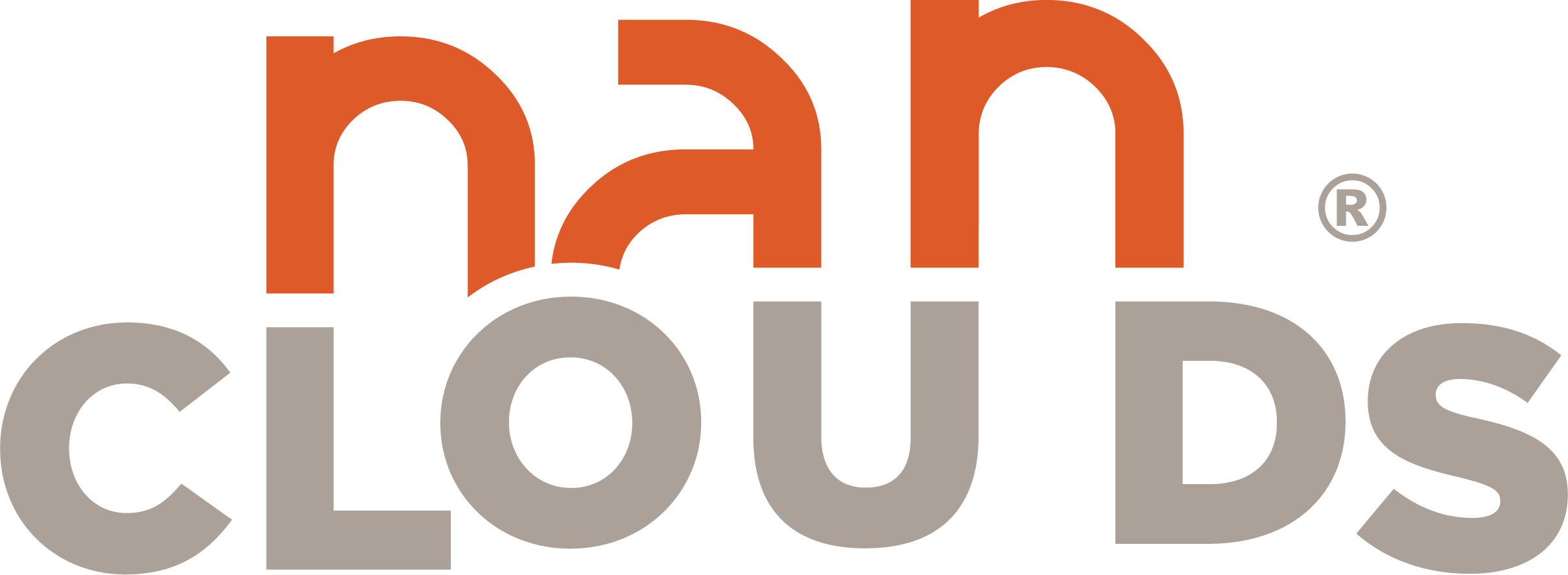Mastering the Accounting Cycle: A Step-by-Step Guide
The accounts are closed to a summary account (usually, Income Summary) and then closed further to the capital account. Again, take note that closing entries are made only for temporary accounts. Real or permanent accounts, i.e. balance sheet accounts, are not closed. Making two entries for each transaction means you can compare them later. All popular accounting apps are designed for double-entry accounting and automatically create credit and debit entries. Generally accepted accounting principles (GAAP) require public companies to utilize accrual accounting for their financial statements, with rare exceptions.
Close the books.
Companies can modify the accounting cycle’s steps to fit their business models and accounting procedures. One of the major modifications you can make is the type of accounting method used. Organizations may follow cash accounting or accrual accounting or choose between single-entry and double-entry accounting. A business’s accounting period depends on several factors, including its specific reporting requirements and deadlines. Many companies like to analyze their financial performance every month while others focus on quarterly or annual reports. The federal government’s fiscal year spans 12 months, beginning on October 1 of one calendar year and ending on September 30 of the next.
- You might find early on that your system needs to be tweaked to accommodate your accounting habits.
- If you have a staff, give them the tools they need to succeed in implementing the accounting cycle.
- The accounting cycle is the backbone of financial management and reporting.
- These are used to calculate individual balances for each account.
Want More Helpful Articles About Running a Business?
Alternatively, the budget cycle relates to future operating performance and planning for future transactions. The accounting cycle assists in producing information for external users, while the budget cycle is mainly used for internal management purposes. Below, we’ve highlighted some top accounting software solutions to help you choose the right accounting software for your business and make it easy to maintain your accounting cycle. While much of this detail is completely automated if you’re using accounting software, you now understand the accounting cycle from beginning to end. Once you’ve reconciled your bank statement, you will likely have a few adjusting entries to make.
Financial Statements
It’s important to note that many of the steps in the accounting cycle are for those using the accrual accounting method. If your business uses the cash accounting method, you can still follow the cycle, but you can eliminate some of the steps such as adjusting entries. These are not the only financial statements that can be generated, but they are the most important. When a company moves through all of the steps of the accounting cycle, these statements are the results. If they are viewed together, they can paint a picture of the company’s financial health. At the end of any accounting period, a trial balance is calculated for all accounts on the general ledger.
Step 4: Unadjusted Trial Balance
This takes analyzed data from step 1 and organizes it into a comprehensive record of every company transaction. A transaction is a business activity or event that has an effect on financial information presented on financial statements. The information to record a transaction comes from an original source. A journal (also known as the book of original entry or general journal) is a record of all transactions. Identifying and analyzing transactions is the first step in the process. This takes information from original sources or activities and translates that information into usable financial data.
Creating an unadjusted trial balance is vital for a business as it helps ensure that total debits equal total credits in your financial records. This step generally identifies anomalies, such as payments you may have thought were collected and invoices you thought were cleared but weren’t. In bookkeeping, the accounting period is the period for which the books are balanced and the financial statements are prepared. However, the beginning of the accounting period differs according to the company. For example, one company may use the regular calendar year, January to December, as the accounting year, while another entity may follow April to March as the accounting period.
Reversing Entries: Optional step at the beginning of the new accounting period
Here’s an in-depth look at the eight steps in the accounting cycle. Once you check off all the steps, you can move to the next accounting period. You need to perform these bookkeeping tasks throughout the entire fiscal year. The purpose of this step is to ensure that the total credit balance and total debit balance are equal. This stage can catch a lot of mistakes if those numbers do not match up.
Still, businesses need to fill out expense reports to track monies paid. It starts with recording all financial transactions throughout that accounting period and ends with posting closing entries to close the books and prepare for the next accounting period. It’s worth noting that some businesses also have internal accounting cycles that have a shorter accounting period. These internal accounting cycles follow the same eight accounting cycle steps and can last anywhere from one month to six months. The final stage of the accounting cycle is closing the books, the main objective is to reset certain accounts on the income statement to zero.
Depending on the solution, bookkeepers, certified public accountants and business owners don’t have to intervene or perform some accounting cycle tasks manually. Instead, they can set up workflows in their program of choice to complete various parts of the process. Another perk of using accounting software is the reporting functionality that allows you to generate essential reports and analyze your company’s financial health easily. The trial balance gives you an idea of each account’s unadjusted balance.
It refers to recording these transactions, as well as processing them. This includes when a financial transaction occurs, all the way to the creation of financial statements. https://www.business-accounting.net/ If it has anything to do with bookkeeping tasks, it’s part of the accounting cycle. From time to time, you may hear it referred to as the bookkeeping cycle.
There are three main types of adjusting entries, deferrals, accruals, and estimates. The purpose of the trial balance is to check for possible errors. The general what are consumer packaged goods cpg robinhood ledger is essentially the backbone of your accounting system. It acts as a central repository for all the accounting data that is stored in each separate account.
These accounts, such as revenue and expenses, show the company’s financial performance for a specific period, like a month or a year. Unlike accounts on the balance sheet, which reflect the company’s overall financial status at a certain point, income statement accounts need to be reset to start fresh for the next period. According to the rules of double-entry accounting, all of a company’s credits must equal the total debits. If the sum of the debit balances in a trial balance doesn’t equal the sum of the credit balances, that means there’s been an error in either the recording or posting of journal entries.

